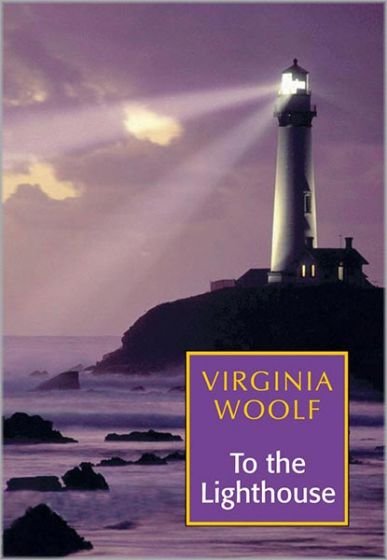To The Lighthouse

Rating: 4/5
Author: Virginia Woolf
Paperback: 224 pages
Publisher: Hogarth Press
Publication Date: 5 May 1927
Language: English
Genre: Modernism
ISBN-10: 9788124801451
ISBN-13: 978-8124801451
ASIN: 8124801452
Cost: Rs. 49 (Kindle edition)
Plot:
Virginia Woolf’s fifth novel, To the Lighthouse, was widely praised and has remained the most popular of all her novels. It is considered among the greatest literary achievements of the twentieth century. There is minimal action. The novel works through stream of consciousness and imagery to create an atmospheric and impressionistic record of the characters’ moment-by-moment experiences, tracing the conflict between male and female principles and making a statement about time, death and artistic transcendence. In this, her most autobiographical novel, Virginia Woolf captures the intensity of childhood longing and delight, and the shifting complexity of adult relationships. The novel is set on a Hebridean island, overlooked by a distant lighthouse, where Mrs. and Mr. Ramsay with eight children and assorted guests are enjoying the long summer. Mr. Ramsay is a tragic and self-pitying philosopher whose mind is rational but rather cold. Mrs. Ramsay is a beautiful, warm, creative and intuitive woman, the centre of the household. The novel focuses on the conflict arising from young James Ramsay’s desire to visit the lighthouse and his father’s quenching of this hope. But the summer ends, war and death bring changes. The next journey to the lighthouse is a very different one.
Review:
Mr. Ramsay and Mrs. Ramsay take completely different approaches to life: he relies on his intellect, while she depends on her emotions. But they share the knowledge that the world around them is transient—that nothing lasts forever. Mr. Ramsay reflects that even the most enduring of reputations, such as Shakespeare’s, are doomed to eventual oblivion.
In the face of an existence that is inherently without order or meaning, Mr. and Mrs. Ramsay employ different strategies for making their lives significant. Mr. Ramsay devotes himself to his progression through the course of human thought, while Mrs. Ramsay cultivates memorable experiences from social interactions. Art is, perhaps, the only hope of surety in a world destined and determined to change.
Toward the end of the novel, Lily reflects that in order to see Mrs. Ramsay clearly—to understand her character completely—she would need at least fifty pairs of eyes; only then would she be privy to every possible angle and nuance. The truth, according to this assertion, rests in the accumulation of different, even opposing vantage points. Woolf’s technique in structuring the story mirrors Lily’s assertion.
Beauty retains this soothing effect throughout the novel: something as trifling as a large but very beautiful arrangement of fruit can, for a moment, assuage the discomfort of the guests at Mrs. Ramsay’s dinner party.
Woolf began writing To the Lighthouse partly as a way of understanding and dealing with unresolved issues concerning both her parents and indeed there are many similarities between the plot and her own life.
Adaptations:
- To the Lighthouse, a 15-minute Drama, BBC Radio 4 11/08/2014 - 15/08/2014 dramatized by Linda Marshall Griffiths
- To the Lighthouse, a 2017 opera composed by Zesses Seglias to an English libretto by Ernst Marianne Binder. Premiered at the Bregenz festival.
- To the Lighthouse, a 1983 telefilm starring Rosemary Harris, Michael Gough, Suzanne Bertish, Kenneth Branagh
About the Author:
Virginia Woolf (Adeline) 1882-1941, was the daughter of Sir Leslie Stephen and his second wife, Julia Duckworth. Most of her early education was provided by her parents at their Hyde Park Gate home. She married Leonard Woolf in 1912 and completed her first novel, The Voyage Out in the same year, which was published in 1915. Many of her experimental techniques (such as the use of stream consciousness or interior monologue) have been absorbed into the mainstream of fiction. Her novels have been particularly appreciated from the 1970s onwards by the new school of feminist criticism. Her major novels include Mrs Dalloway (1925), the historical fantasy Orlando (1928), the extraordinarily poetic vision of The Waves (1931), the family saga of The Years (1937) and Between the Acts (1941). She was also a literary critic and journalist of distinction. Her diaries, edited in five volumes by Anne Olivier Bell and A. McNeillie (1977-84), shows an invaluable picture of her creative method. In March 1941, Virginia Woolf had the final attack of mental illness which drove her to suicide















































